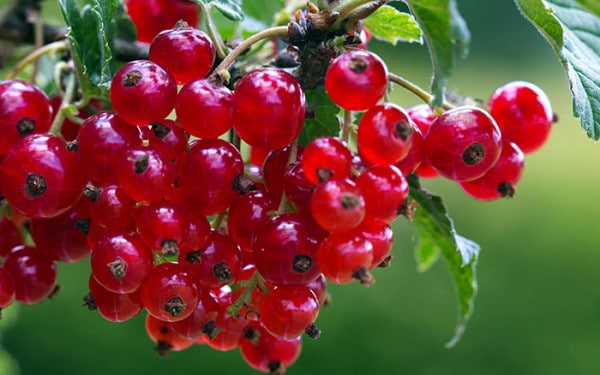Growing fruit and veg in the garden is a very rewarding thing to do. There’s plenty to do in the garden at different times of the year, whether that’s planting, nurturing, pruning, mulching, or harvesting. Make the most out of your harvests with these tips for growing the best fruit and veg.
Fruiting favourites
The first thing when growing fruit is to grow as many fruit bushes as you can. If you have children, you’ll be able to notice the sheer excitement on their faces when they see the fruit appearing. But be quick, because the kids might beat you to all the fruit! It’s amazing how quickly the fruit can be eaten off fruit bushes. Therefore, it’s ideal to grow as many as possible.
If this is your first time growing fruit, currants are a great place to start. Tolerant and easy to grow, they are well suited to growing in borders and containers too. Pick a spot with full sun or partial shade and they will thrive. Choose from red, white, and blackcurrants, for a tasty harvest that goes great with yoghurt for a delicious and nutritious breakfast.
It’s ideal to harvest from your fruit bushes regularly. As soon as the fruit is ready to be cropped, pick it fresh off the plant. This is the best way to get the tastiest flavour from your crop, and the kids will love to get involved as well.
When you’re choosing which fruit tree to plant, research the specific variety and plant at least two at a time so they can cross-pollinate. This will increase the harvest as well as the fruit size, so you make the most of your plants. However, there are self-fertile fruit trees available that don’t need a pollinating partner, so ask at your local garden centre and they’ll be happy to help.

Vegetable garden
The secret is in the soil, so apply as much well-rotted organic matter as possible. This can either be bought in bags from garden centres or picked up some from a local farm. Well-rotted manure isn’t just a fertiliser, but it improves the soil structure too and provides more food for microorganisms.
Crop rotation involves taking a look at the groups of vegetables and each year rotating the crops grown in each bed. Using the technique in your vegetable garden is vital to grow the best crops. This is because it reduces the risk of disease as well as supplying vegetables with the nutrients they need.
When growing vegetables, it’s important to bear in mind that most of the vegetable is in fact water. During summer, we tend to get some dry spells which means our plants can miss out on vital moisture which can impact its growth. It’s wise to consider an irrigation system or watering your garden often to ensure a regular supply of water.
Also, feeding is incredibly important. Organic matter doesn’t necessarily supply food for the plants. However, you can incorporate things like superphosphate or sulphate of potash to keep your plants going by providing extra energy to produce good harvests.
Keep an eye out for pests is essential in a veg garden. Find a chart that details of insects and common pests that you may find so you are familiar with them, like cabbage white caterpillars that are very hungry creatures. Ensure you have bird feeders around your veg patch that will encourage birds to visit your space, and they’ll help to keep pests under control.


Leave A Comment